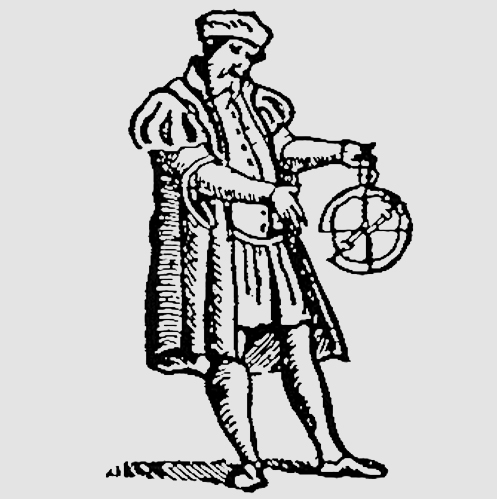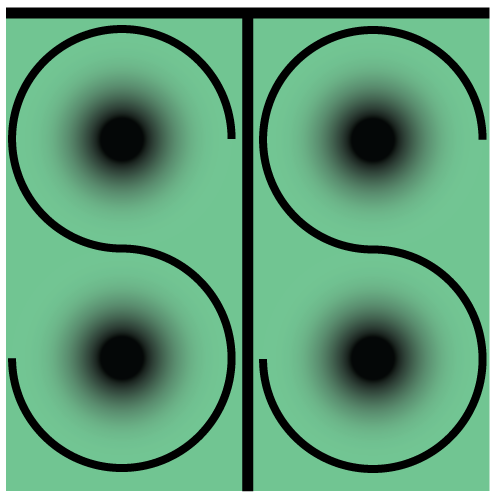Date/Time
Monday
31 Jan 2011
4:00 pm - 6:00 pm
Location
470 Stephens Hall
Event Type
Colloquium
Tiago Saraiva
University of Lisbon, Institute of Social Sciences
Nonhuman animals have become main actors in the history of biological sciences. Robert Kohler’s flies or Karen Rader’s mice are familiar characters to most scholars in the field. I intend to offer Karakul sheep the same epistemological status granted to those model systems. By following the work of geneticists at the University of Halle, I explore Karakul as model organism for the study of artificial insemination during the Nazi period.
Nevertheless, the historical relevance of Karakul goes well beyond its aptitude to reveal heredity mechanisms. The ability of Karakul to thrive under harsh environmental conditions and its high value in the fur market made it a perfect companion species for imperial expansion. During the 1910s, research undertaken at the Institute for Animal Breeding at the University of Halle was tightly connected to German colonization of the arid areas of Southwestern Africa through sheep farms, but in the Nazi period, geneticists were praising and exploring Karakul properties for the colonization of Poland and the Ukraine. In the 1930s the Halle Institute became a center for Karakul circulation, exporting certified rams for countries with expansionist ambitions. Karakul farms were an important part of the projects of colonization of Libya and Ethiopia by fascist Italy. The fascist regime of Salazar in Portugal made use of Karakul for the white settler colonization of the frontier region of Southern Angola.
Much of the current interest in model organisms for biological research doesn’t expand beyond laboratory walls. This paper overcomes such limitation by connecting the laboratory production of pure forms of life, the development of artificial insemination, and the history of the frontier. The narrative intersects the interests of historians of science for model organisms in the biological sciences with those of environmental historians for the history of the frontier. I contend that such an intersection contributes to a better understanding of the general historical dynamics of the expansion of fascist regimes.
Additional sponsorship comes from: Office for the History of Science and Technology



